60+ Sample Business Continuity Plans
-
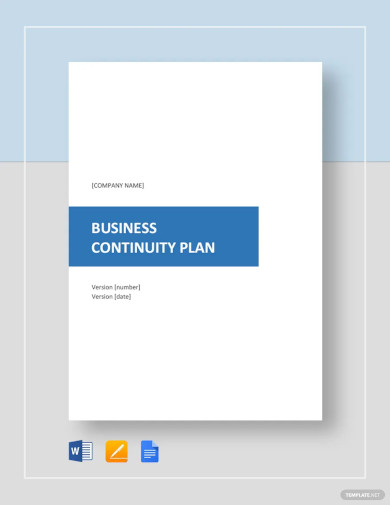
Business Continuity Plan Template
download now -
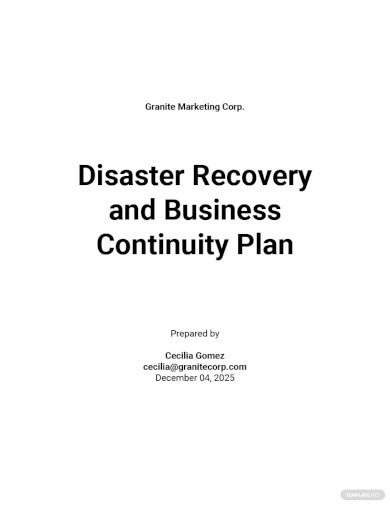
Disaster Recovery and Business Continuity Plan Template
download now -
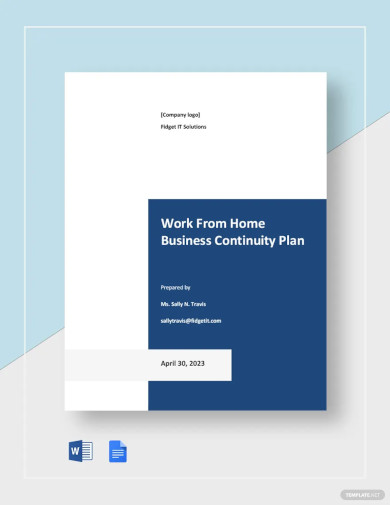
Work From Home Business Continuity Plan Template
download now -
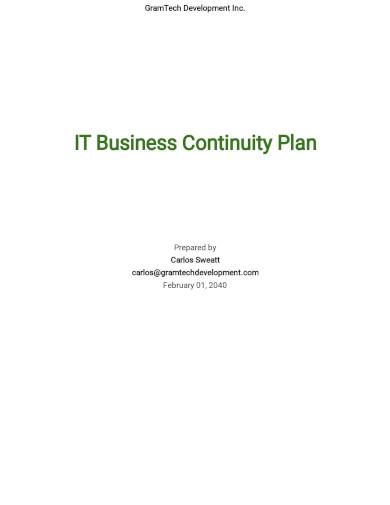
IT Business Continuity Plan Template
download now -

Business Continuity Planner Resume Template
download now -

Corporate Business Continuity Plan Template
download now -
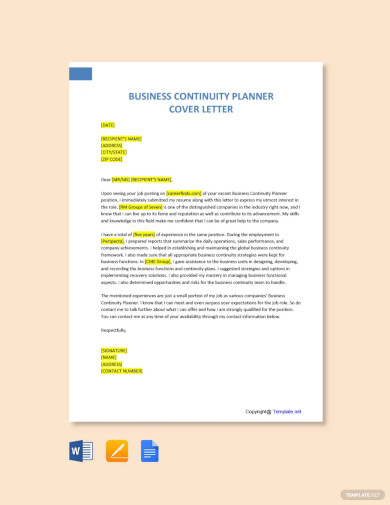
Business Continuity Planner Cover Letter Template
download now -
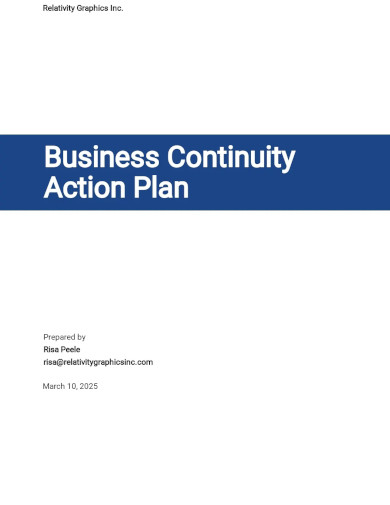
Business Continuity Action Plan Template
download now -
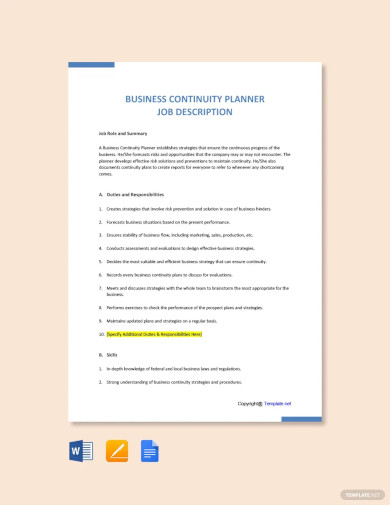
Business Continuity Planner Job Ad/Description Template
download now -

Business Continuity Plan Template
download now -
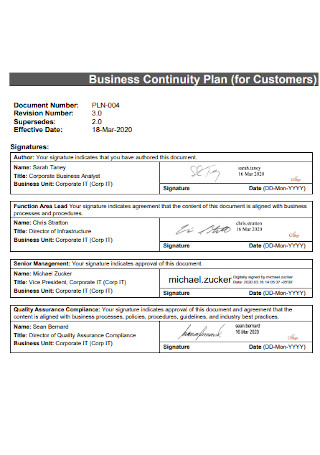
Business Continuity Plan for Customers
download now -
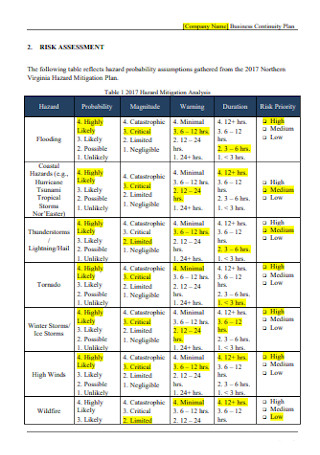
Company Business Continuity Plan
download now -
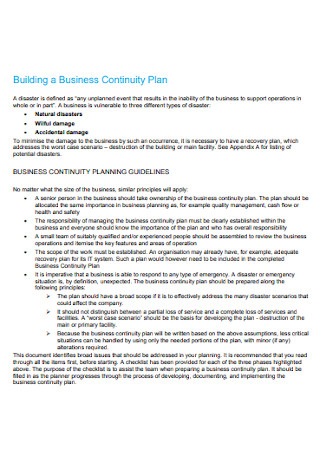
Building a Business Testing Continuity Plan
download now -
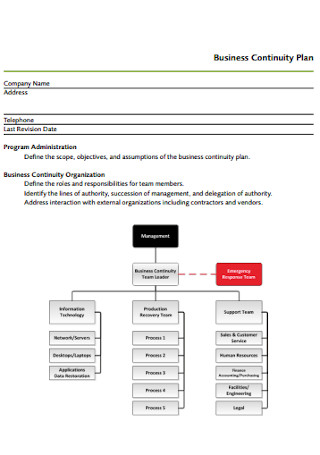
Business Continuity Plan Format
download now -
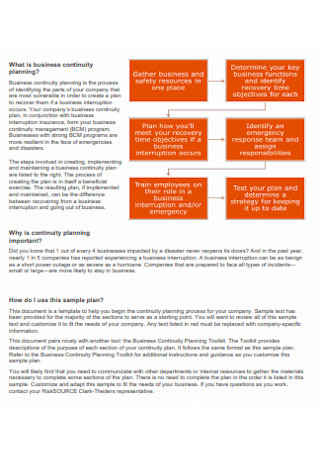
Dilbert Business Continuity Planning Example
download now -
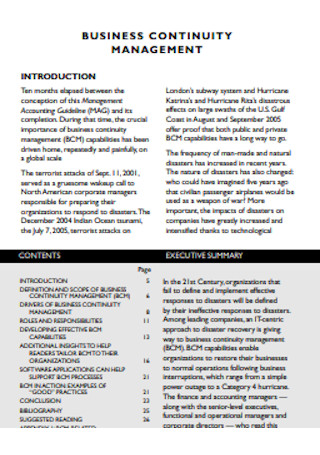
Business Continuity Emergency Management Plan
download now -

Bank Risk Management Business Continuity Plan
download now -
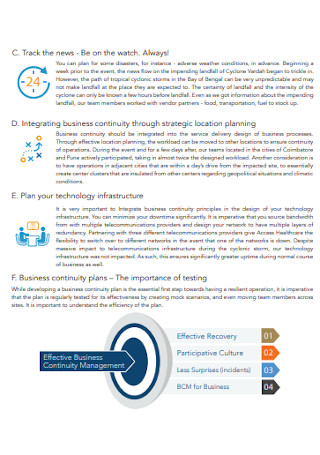
Business Dashboard Continuity Lesson Plan
download now -
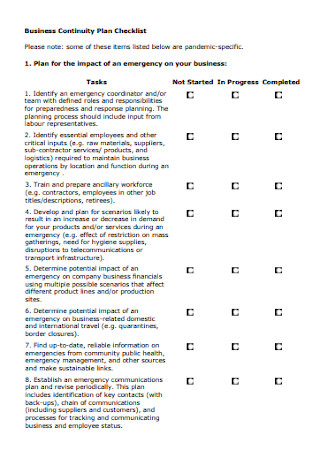
Construction Company Business Continuity Plan Checklist
download now -
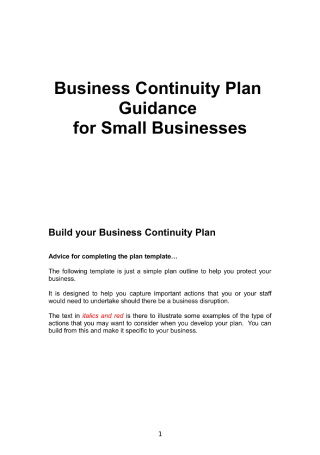
Small Business Operation Continuity Plan
download now -
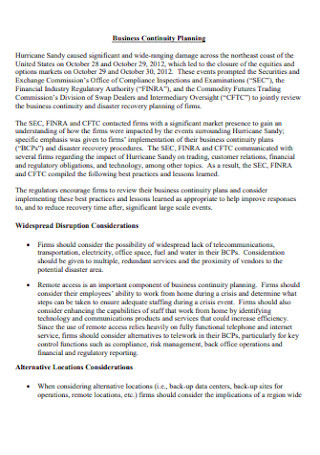
HR Business Continuity Planning Format
download now -
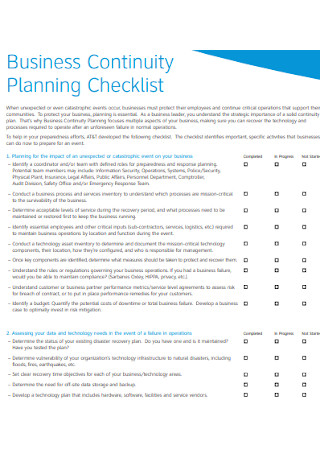
Sample Food Industry Business Continuity Plan Checklist
download now -
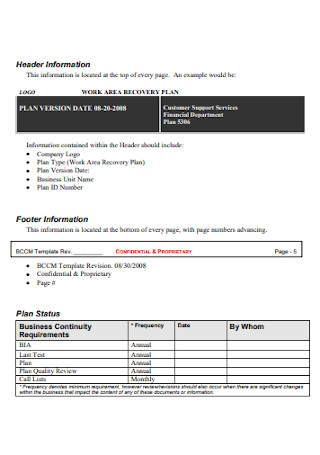
Business Continuity HealthCare Recovery Plan
download now -

Business Continuity Project Plan
download now -
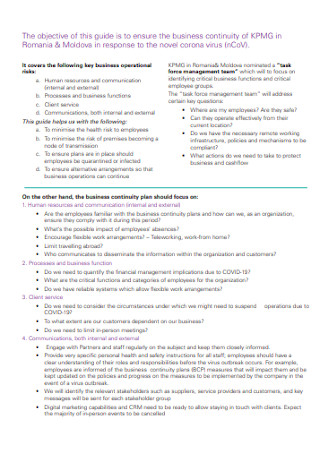
Standard 90 Day Business Continuity Plan
download now -
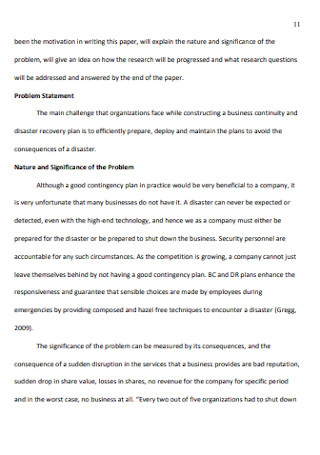
Business Continuity and Disaster Flood Recovery Plan
download now -
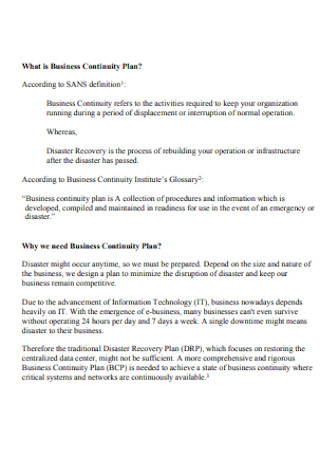
Simple Business Incident Continuity Plan
download now -
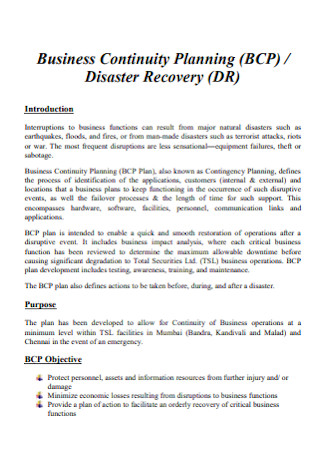
Business Continuity Plan for Disaster Recovery
download now -
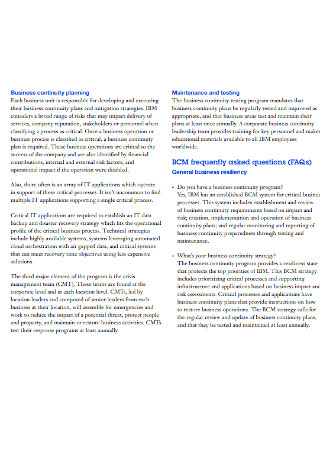
Business Continuity Leadership Plan
download now -
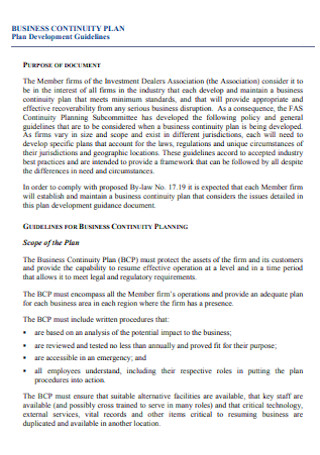
Business Continuity Development Plan
download now -

Basic Business Continuity Plan
download now -
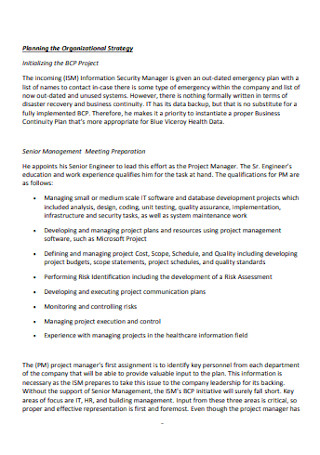
Small Organization Business Continuity Plan
download now -
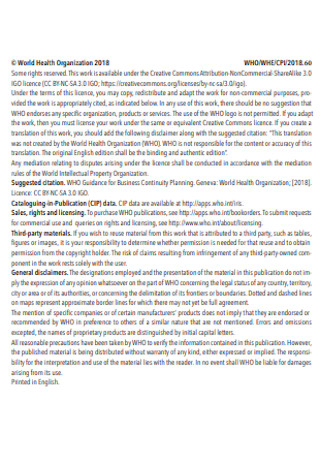
Health Organization Business Continuity Plan
download now -

Business Continuity Response Plan
download now -
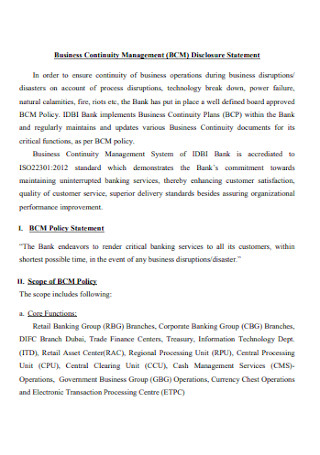
Business Continuity Management Plan Example
download now -

Business Continuity Summary Plan
download now -
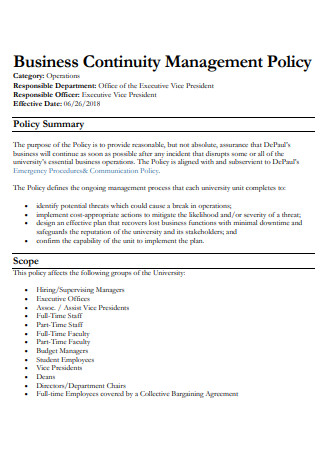
Business Continuity Management Policy Plan
download now -
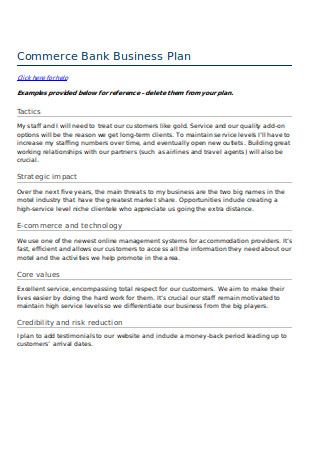
Commerce Bank Business Continuity Plan
download now -

Job Tax Credit Business Plan
download now -
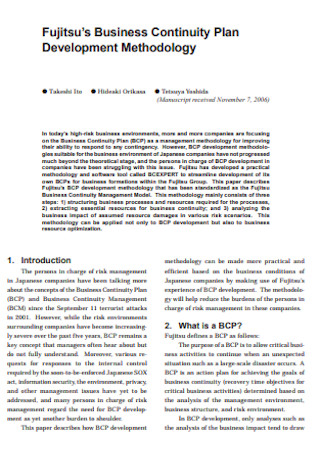
Sample Business Continuity Development Plan
download now -
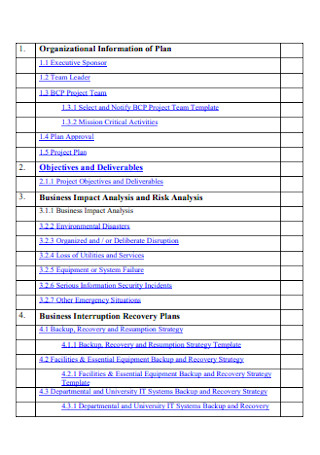
Formal Business Continuity Plan
download now -

Printable Business Continuity Plan
download now -
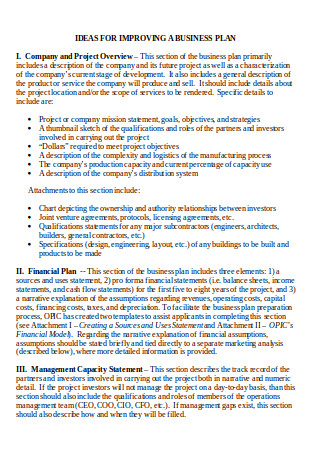
Ideas for Business Continuity Plan
-

Business Plan for Established Business
-
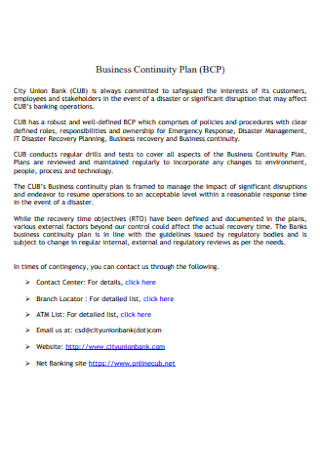
City Bank Business Continuity Plan
download now -
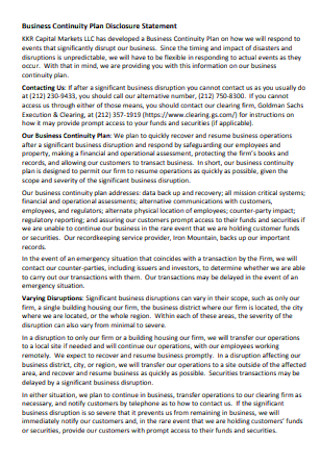
Business Continuity Plan Disclosure Statement
download now -

Sample Enterprise Business Continuity Plan
-
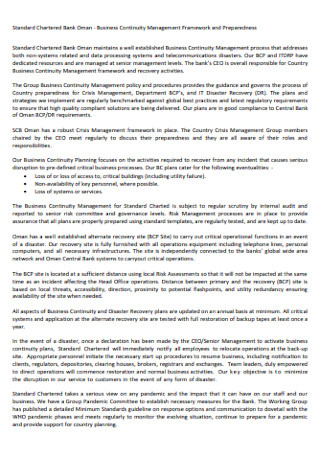
Business Continuity Management Framework Plan
download now -
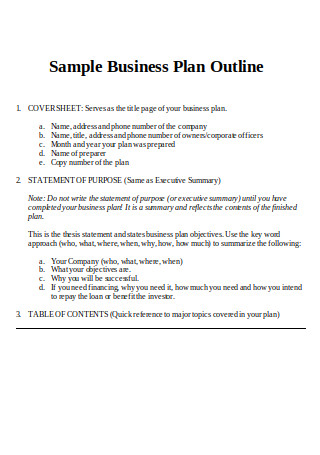
Sample Business Continuity Plan Outline
-
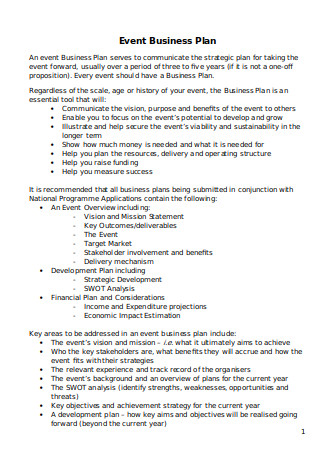
Event Business Continuity Plan
-
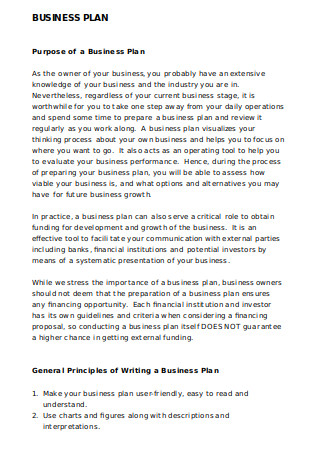
Basic Business Continuity Plan
- “]
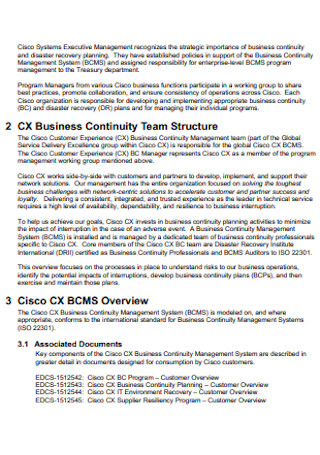
Business Continuity Team Plan
download now -

Business Continuity Program Plan
download now -
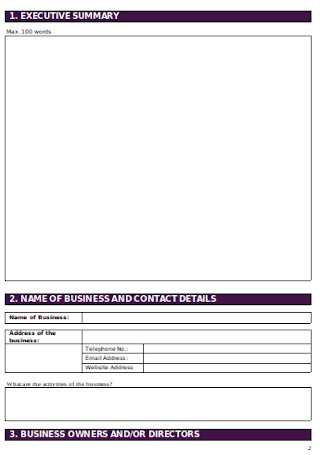
Printable Business Continuity Plan
download now -

Irrigation Business Continuity Plan
download now -
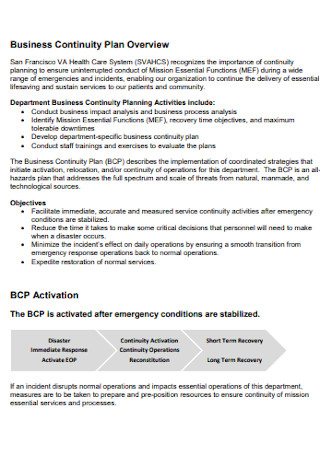
Health Care Business Continuity Plan
download now -

Sports Academy Business Plan
download now -
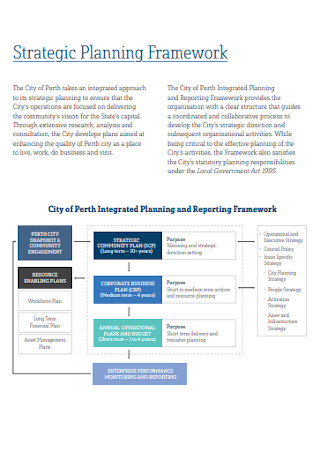
Corporate Business Continuity Plan
download now -
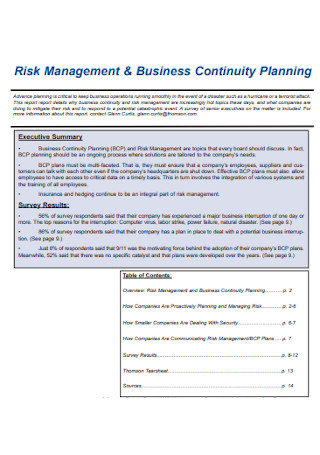
Business Continuity Risk Plan
download now -
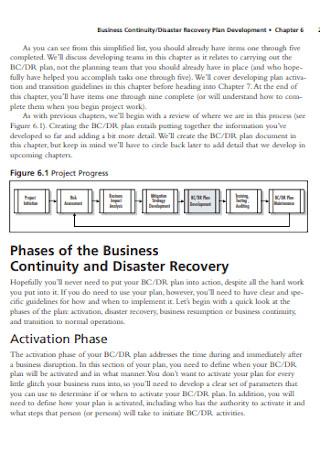
Business Continuity and Disaster Plan
download now
FREE Business Continuity Plan s to Download
60+ Sample Business Continuity Plans
What Is a Business Continuity Plan?
What Should Your BCP Cover?
How to Make a Business Continuity Plan
FAQs
What is the difference between business continuity and disaster recovery?
What are other examples of business continuity plans?
Why is business continuity planning important?
What Is a Business Continuity Plan?
A business continuity plan is an integral facet of any business. It is basically a strategic plan that highlights every process, instruction, and action that the organization must take in encountering risks and disasters. In other words, it is your ultimate backup plan when you need help on how to ensure your business survives over a long period of time, despite facing problems and shortcomings.
It has been reported that 75% of small businesses actually didn’t consider a disaster recovery plan.
What Should Your BCP Cover?
Every organization has different objectives and goals towards its business continuity plan. That is because there are varying factors in every business as well from the business size, type of organization, etc. But generally, a standard BCP would cover the following elements:
How to Make a Business Continuity Plan
Before you finalize every single strategy of what to include in your BCP, do you know how the business continuity plan is created in the first place? Not to worry, the process is super easy when you follow these steps:
Step 1: Recognize Your Organization’s Scope and Key Elements
First of all, you should be clear about your plan’s purpose, scope, business areas, critical functions, and more. The first step of making the BCP should have a strong foundation so finishing the rest of the plan runs along smoothly. Expect those who really know their business and related factors to ace this part.
Step 2: Conduct a Business Impact Analysis
Next, consider a business impact analysis. This analysis helps you know what factors cause a great impact on your business, whether such factors are bad or good. More so, you can study the dependencies among business areas and their functions. The same goes for your company’s strengths, weaknesses, threats, and opportunities.
Step 3: Set a Plan for Maintaining Operations
Now for the meat of your BCP, state all your plans to maintain services and operations. The key is to organize your strategic plans instead of just writing in long paragraphs. You could categorize with a table, chart, checklist, diagram, and so much more. Go for the best approach where you can present details properly.
Step 4: Use a Sample Business Continuity Plan
The easiest step is to use the sample business continuity plans above. Those listed templates make it simpler for you to craft the BCP without working from scratch. Most of the important parts are provided for you so you only need to edit the format, design the plan, and add the finishing details. Rest assured, you can create as many plans as you like shortly.
FAQs
What is the difference between business continuity and disaster recovery?
Although both business continuity and disaster recovery are somehow related, they are quite different. Disaster recovery is concerned more with restoring operations and information technology infrastructure after a particular crisis. And disaster recovery is just one of the many plans involved in a business continuity plan, which is the bigger picture.
What are other examples of business continuity plans?
You can use the following set of BCP examples:
- Crisis management plan
- Crisis communications plan
- IT disaster recovery plan
Why is business continuity planning important?
Business continuity planning is vital to stay competitive. As many businesses arise, the same goes for competition. So be sure you can manage your business by lasting long and remaining competitive with BCP.
A business continuity plan is your best basis for awareness and development. How sure are you that your business would last long? And if threats come up, how confident are you that your team can adjust accordingly? Hence, incorporate the BCP into your management plan to have a long-lasting business. Download now!
